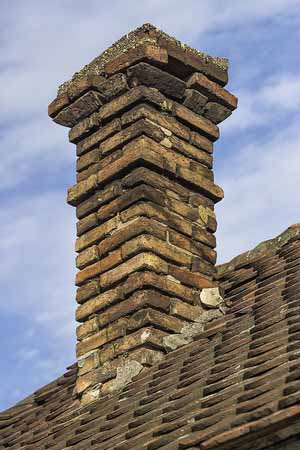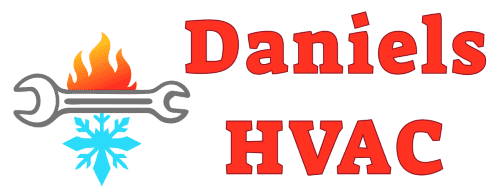Most old rusty HVAC System have Hi Carbon Monoxide level
 There is a colorless, tasteless, and odorless gas that is produced in your home when fuels such as wood, coal, charcoal, natural gas, gasoline, and kerosene fail to burn completely. It is known as carbon monoxide (CO). Lack of oxygen or a disruption in the burning process is the major reason why this poisonous gas is produced.
There is a colorless, tasteless, and odorless gas that is produced in your home when fuels such as wood, coal, charcoal, natural gas, gasoline, and kerosene fail to burn completely. It is known as carbon monoxide (CO). Lack of oxygen or a disruption in the burning process is the major reason why this poisonous gas is produced.
Any home appliances that use fuel are the major sources of carbon monoxide. One big culprit is the heating system in your home. Don’t trust it completely, even if it is still new. A malfunctioning air conditioning system can be the cause of poor air quality in your home. You might end up with carbon monoxide poisoning for you or your family members.
Symptoms of carbon monoxide poisoning
Many people are easy to brush off the symptoms of carbon monoxide poisoning. Mild exposure leads to headaches, nausea, and fatigue. People who have undergone medium exposure to carbon monoxide complain of drowsiness, confusion, disorientation, and increased heart rate. When the exposure is extreme, it will result in convulsions, unconsciousness, cardio-respiratory failure, coma, and possibly death.
How does the HVAC system cause carbon monoxide poisoning?
The University of Rochester Medical Center suggests that the heaters in your home can release carbon monoxide into your home. In fact, many of the carbon monoxide leaks in the home arise from heating and ventilation systems problems.
Hi Carbon monoxide level from your heating system arise when the combustion of fuels is incomplete. This is common in aged or corroded HVAC systems which have holes in their burners resulting in incomplete combustion. The result it the production of carbon monoxide. Thus as warm air flows throughout your home, it brings with it the deadly gas. That’s why you need to talk to your HVAC service company to help you nip the problem in the bud.
HVAC carbon monoxide safety tips
It has already been established that your HVAC system is a major culprit when it comes to carbon monoxide leaks. Here are some HVAC safety tips:
Regular furnace maintenance buy Daniels HVAC company
Before the onset of the cold season, ensure your HVAC system is checked by a professional. Things to check include the furnace, vents, chimneys, fireplaces, and other fuel burning equipment. Address any problems detected before they result in a carbon monoxide leak.
Inspecting heat exchangers
Ensure that visits by the furnace maintenance crew include inspection of the heat exchanger. That’s because many causes of carbon monoxide leaks come from failed or leaking heat exchangers in your oil or gas furnace. Of course, the heat exchanger is the exhaust system of your HVAC setup. That’s why you need to ensure the carbon monoxide produced from your HVAC system is exhausted from your heating system. Seal off any cracks or holes in the heat exchangers. Maybe just replace the old one for a brand new one.
Cleaning vents and flues
When the vents, chimneys or flues in your home are blocked, they can lead to the buildup of carbon monoxide in your home. The reason you have ventilation is so that poisonous gases can move out of your home. That’s why you need to remove any debris and dust that might have accumulated over the years.
The takeaway from this is that you must ensure your HVAC system is properly maintained.
Useful Links
Learn more about our furnace service Services in Philadelphia – Click Here
Learn More about Daniels HVAC in Philadelphia – Click Here
See what people are saying about us – Click Here
